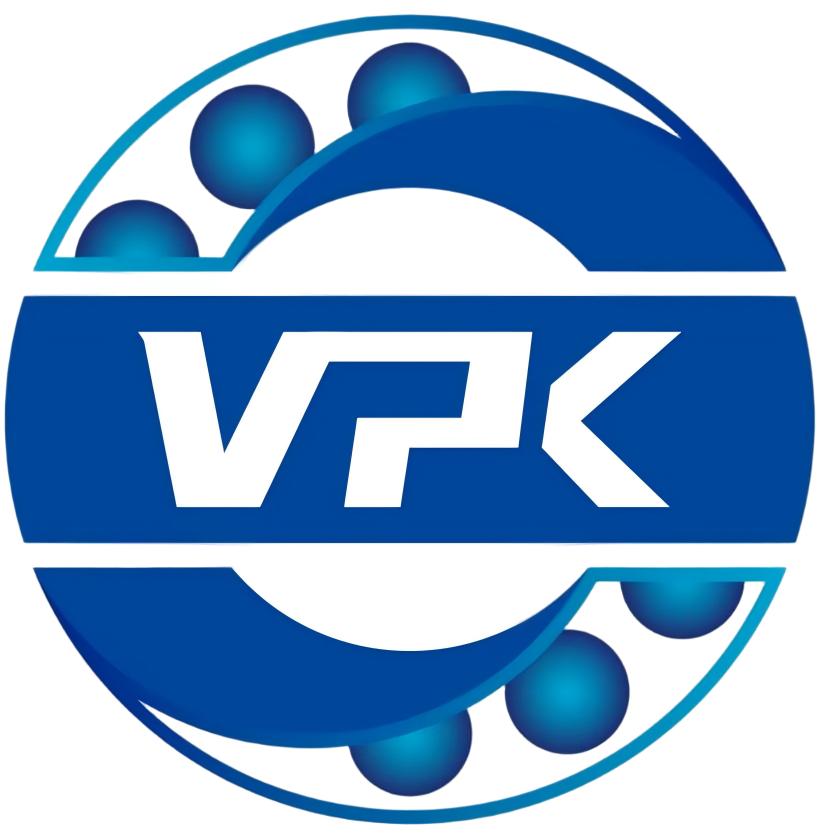Amid the thriving global manufacturing sector, bearings – as essential components in mechanical equipment – are witnessing explosive growth in demand. Market research predicts the worldwide bearing market will expand steadily over the coming years, reaching approximately $120 billion by 2023 and projected to hit $180 billion by 2030, with a compound annual growth rate (CAGR) of 6.5%. This robust growth trajectory not only reflects the surging industrial demands worldwide but also demonstrates how bearing technology continues to evolve through innovation-driven advancements.
China, as the world’s largest producer and consumer of bearings, has stood out remarkably in this wave of growth. Data shows that China’s bearing production volume has climbed to 29.6 billion units in 2024, marking a year-on-year increase of 7.6%. The domestic market size is also expanding rapidly, projected to reach 316.5 billion yuan in 2024 with a 14% year-on-year growth. The rapid development in fields such as new energy vehicles, wind power, and intelligent manufacturing has become the key driver behind the surge in bearing demand. Taking the wind power sector as an example, the output value corresponding to Sinomach Precision Engineering’s wind power bearing production capacity in 2025 is expected to reach 500-800 million yuan, strongly demonstrating the robust demand for bearings in the new energy sector.
In the global bearing market, although eight international giants such as Sweden’s SKF and Germany’s Schaeffler still occupy about 70% of the market share and maintain a monopoly in the mid-to-high-end sector, Chinese bearing enterprises are accelerating their catch-up through their own efforts. In recent years, Chinese bearing companies have been enhancing technical capabilities, actively promoting domestic substitution, and vigorously expanding export operations. In 2022, China’s bearing exports increased by 4.45% year-on-year while imports decreased by 16.56%. This contrast between growth and decline fully demonstrates the significant improvement in the technical level of domestically produced bearings. In the domestic market, the top ten enterprises account for approximately 30% of the market share, with Renben Group leading domestic companies with over 10% market share.
China’s bearing enterprises have achieved remarkable results in technological innovation. For instance, Changsheng Bearing has been deeply engaged in self-lubricating bearing technology for nearly 30 years. Its “titanium alloy microporous self-lubrication” technology reduces the friction coefficient to 0.03 (compared to Germany’s IGUS at 0.08) and offers a service life exceeding 15,000 hours—far surpassing industry averages. The company has also established a deep collaboration with Yushu Technology to supply joint bearings for its H1/G1 humanoid robot models, with Q1 orders in 2025 surging by 300% year-on-year. Luoyang Hongyuan’s crossed roller bearings now occupy 80% of the domestic market share, while product lifespan has been significantly extended from 2,000 hours to 8,000 hours. Moreover, intelligentization has become a core development trend in the bearing industry. With the widespread adoption of Industry 4.0 and IoT technologies, bearings are gradually transitioning from “passive components” to “smart terminals.” By integrating sensors and data processing modules, intelligent bearings can monitor real-time parameters such as temperature, vibration, and rotational speed, enabling fault prediction and adaptive adjustments. This not only substantially reduces equipment maintenance costs but also enhances operational efficiency. In sectors like wind power and new energy vehicles, the application of smart bearings has yielded positive outcomes, effectively optimizing generator performance, extending motor lifespan, and improving energy utilization rates. Beyond technological breakthroughs, China’s bearing industry clusters have demonstrated growing competitiveness. Currently, five major bearing industrial clusters have emerged domestically: Wafangdian in Liaoning Province, Liaocheng in Shandong Province, Suzhou-Wuxi-Changzhou, Zhejiang East, and Luoyang in Henan Province. Enterprises in the cluster deeply cooperate with each other, jointly overcome many technical problems, build a more stable and close industrial chain collaboration relationship, effectively promote the efficient allocation of resources and complementary advantages among enterprises, and lay a solid foundation for the high-quality development of the bearing industry.
Faced with the continuous growth of global bearing demand, China’s bearing enterprises have seized the initiative in global market competition by continuously enhancing their technical capabilities, expanding production scale, and implementing proactive market expansion strategies. In the future, with continuous technological innovation and upgrades, China’s bearing enterprises are expected to occupy a more significant position in the global bearing market and contribute more “China strength” to the development of global manufacturing.
Post time: 9 月-10-2025




